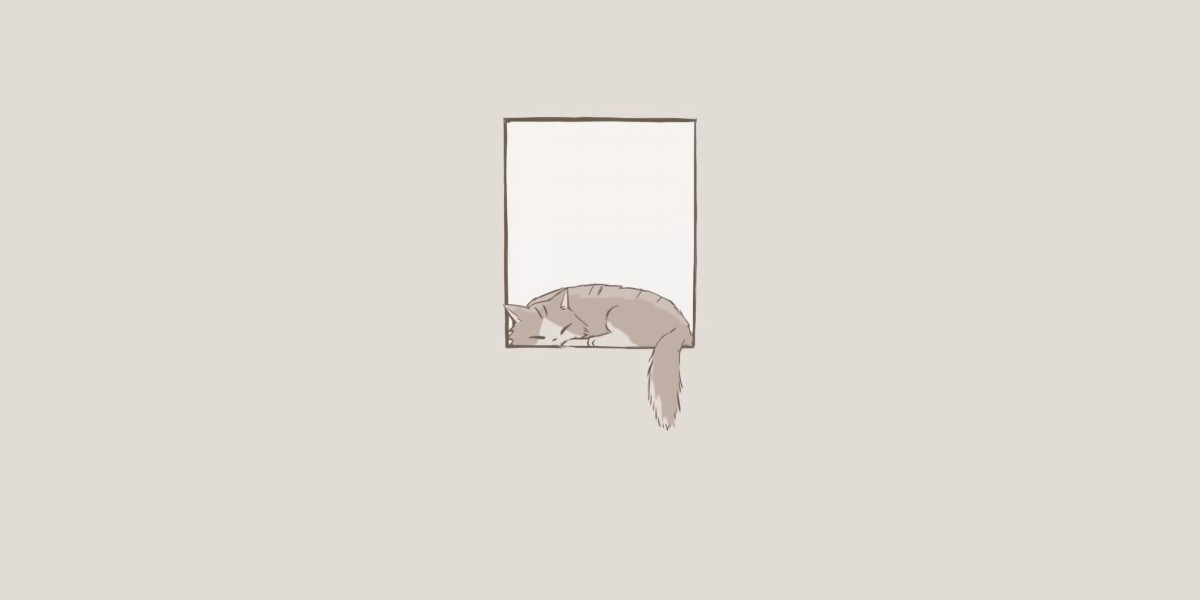Unlock the Secrets to Safely Cleaning Hardwood Floors with Wet and Dry Vacuums!
Maintaining the beauty and integrity of hardwood floors requires a careful approach to cleaning. Hardwood floors can add warmth and elegance to any home, but they also need special attention to keep them looking their best. One effective tool that has gained popularity among homeowners is the wet and dry vacuum. These versatile machines not only excel at dry debris removal but also have the capacity to tackle spills and stains without damaging the delicate wood surface. By understanding how to properly use a wet and dry vacuum, you can ensure that your hardwood floors remain pristine, enhancing their beauty and longevity. This article will delve into the best practices and considerations for using wet and dry vacuums on hardwood floors, equipping you with essential knowledge for optimal floor care.
Understanding Wet and Dry Vacuums
Wet and dry vacuums, as the name suggests, are designed to handle both liquid and solid waste. These machines feature powerful suction capabilities and specialized filters that allow them to pick up everything from dust and dirt to spilled liquids. The versatility of wet and dry vacuums makes them an ideal choice for various cleaning tasks, especially in homes with hardwood floors. Unlike traditional vacuums, which may only be suited for dry materials, wet and dry vacuums can effectively handle minor spills or accidents that might occur in areas where hardwood is present. The key to using these vacuums safely on hardwood surfaces lies in understanding their features, such as adjustable suction power and appropriate attachments, which will help you maintain the integrity of your flooring while achieving a thorough clean.
Best Practices for Using Wet and Dry Vacuums on Hardwood Floors
When using a wet and dry vacuum on hardwood floors, following best practices is essential to avoid damage and ensure effective cleaning. First and foremost, always start with preparation. Clear the area of any furniture and sweep or dust the floor to remove loose debris, which can scratch the surface during vacuuming. This step not only enhances the efficiency of the vacuuming process but also helps prevent any potential scratching and scuffing of your hardwood. In terms of settings, ensure the vacuum is set to the right mode for hardwood cleaning, typically with lower suction power to prevent any potential lifting of the wood grain. When it comes to water use, it’s crucial to minimize exposure to moisture. Use the wet function sparingly and aim to control the amount of liquid being applied to the floor. Additionally, utilizing the appropriate attachments, such as a soft-bristle brush or a microfiber pad, can help you avoid damaging the floor while effectively removing dirt and grime.
Preparation Before Cleaning
Before you even turn on your wet and dry vacuum, take the time to prepare your hardwood floor. Start by removing any furniture or rugs from the area you plan to clean. This not only protects your furniture but also allows you to access every inch of the floor for a thorough clean. Next, dust or sweep the floor to eliminate loose dirt and debris. This step is vital for protecting the hardwood's finish, as larger particles can cause scratches when vacuumed. Once the area is clear, you can confidently proceed with vacuuming.
Choosing the Right Attachments
Using the correct attachments is paramount when vacuuming hardwood floors. A vacuum with a standard nozzle may not provide the gentle cleaning required for hardwood surfaces. Instead, opt for a soft-bristle attachment or a specialized hardwood floor cleaning head. These attachments are designed to effectively lift dirt without scratching or damaging the floor's finish. By using the right tools, you can enhance your cleaning results while ensuring your hardwood floors remain in excellent condition.
Common Mistakes to Avoid
While wet and dry vacuums are excellent tools for maintaining hardwood floors, there are common mistakes that can lead to damage if not avoided. One significant mistake is using excessive water during the cleaning process. Too much moisture can seep into the seams of the flooring, leading to warping and damage over time. To mitigate this risk, always use the vacuum's wet function sparingly and focus on controlled, minimal applications of moisture. Another mistake is neglecting the regular maintenance of the vacuum itself. Failure to clean or replace filters can lead to reduced suction performance, resulting in a less effective clean and potential damage to your floors.
Using Excessive Water
One of the most critical aspects of cleaning hardwood floors with a wet and dry vacuum is managing water levels. Excess moisture can penetrate the wood, leading to detrimental effects such as swelling or warping. To prevent this, always aim to use the vacuum's wet function in moderation. If you need to clean a spill, quickly absorb as much liquid as possible and follow up with the vacuum to ensure minimal water is left on the floor. Additionally, consider using a microfiber cloth to gently wipe up remnants after vacuuming to ensure the floor is dry and free of excess moisture.
Neglecting Regular Maintenance
Just as you maintain your hardwood floors, it’s essential to keep your wet and dry vacuum in good working condition. Regularly check and clean the filters to ensure optimal suction and performance. A well-maintained vacuum will not only work more efficiently but will also help protect your hardwood floors from scratches and debris buildup. Neglecting maintenance can lead to reduced effectiveness and potential damage during cleaning.
Maintaining Your Hardwood Floors Post-Cleaning
After using a wet and dry vacuum, it’s important to care for your hardwood floors to keep them looking their best. Start by ensuring that the floor is completely dry. You can ventilate the area by opening windows or using fans to speed up the drying process. Once dry, consider applying a hardwood floor cleaner or polish that is suitable for your specific type of wood. This can enhance the shine and protect the surface from future wear and tear. Regular cleaning and maintenance will not only keep your floors looking great but will also extend their lifespan, making your investment in hardwood floors worthwhile.
Key Takeaways for Cleaning Hardwood Floors
In conclusion, using a wet and dry vacuum can be a game-changer for maintaining the beauty of hardwood floors. By understanding how to operate these machines effectively and avoiding common pitfalls, homeowners can keep their floors spotless while protecting their investment. Remember to prepare your space, choose the right attachments, and minimize water exposure for the best results. With these best practices in mind, you can enjoy clean, beautiful hardwood floors for years to come.







